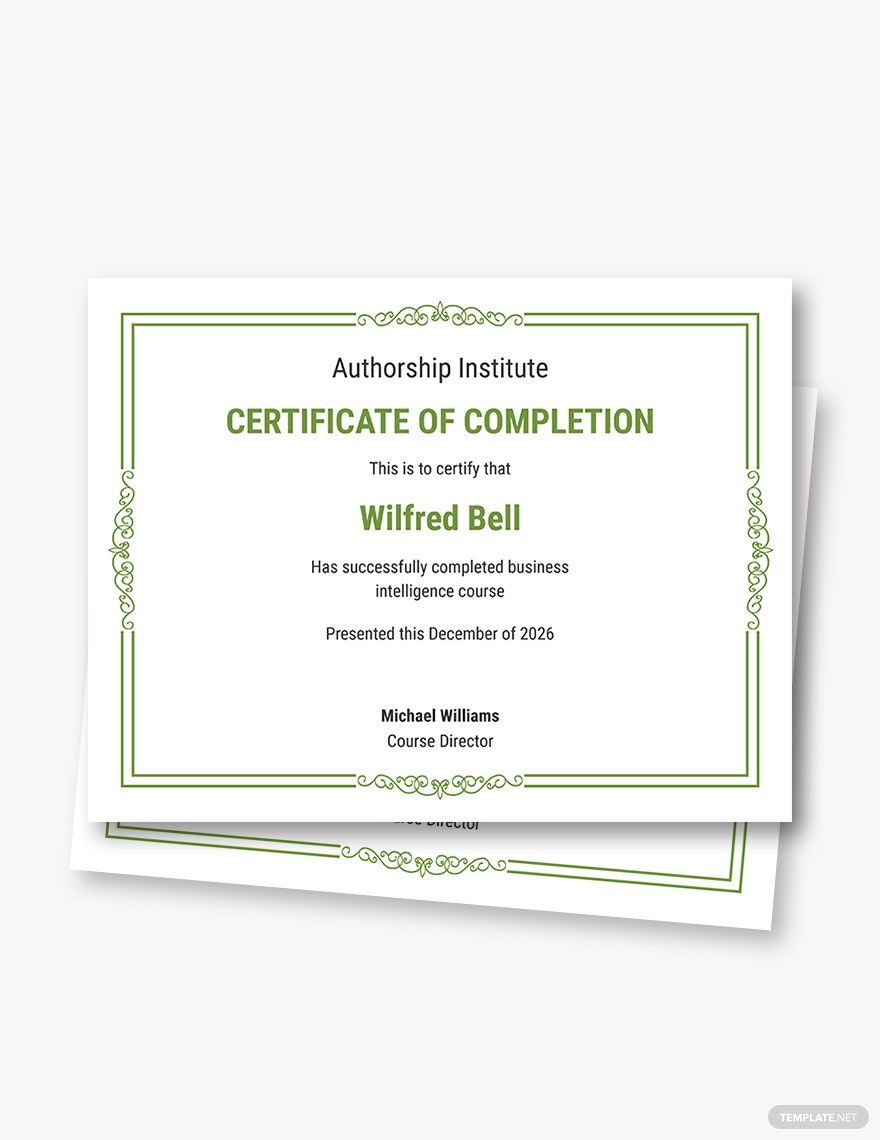Introduction
Car accidents are a common occurrence, and some of the most frequent and dangerous are rear-end collisions. These accidents can happen for a variety of reasons, but they often involve one vehicle rear-ending another vehicle that is stopped or moving slowly. Rear-end collisions can cause serious injuries, and in some cases, they can even be fatal. If you are involved in a rear-end collision, it is important to seek medical attention immediately, even if you do not believe you are injured.
I was driving home from work the other day when I was rear-ended by another car. I was stopped at a red light, and the other car hit me from behind. The impact was hard, and my car was pushed forward into the intersection. I was not injured, but I was shaken up. The other driver was cited for following too closely.
Rear-end collisions are often caused by distracted driving. Drivers who are texting, talking on the phone, or eating are more likely to cause a rear-end collision. Other causes of rear-end collisions include speeding, driving under the influence of alcohol or drugs, and failing to yield the right of way.
There are a number of things you can do to avoid being involved in a rear-end collision. First, always be aware of the cars around you. Second, leave plenty of space between you and the car in front of you. Third, never drive while distracted. Fourth, obey the speed limit and the traffic laws. Fifth, be especially careful when driving in bad weather or in heavy traffic.
What to Do If You Are Involved in a Rear-End Collision
If you are involved in a rear-end collision, there are a few things you should do:
It is also important to seek medical attention, even if you do not believe you are injured. Some injuries, such as whiplash, may not be immediately apparent.
Conclusion
Rear-end collisions are a common occurrence, but they can be avoided by following a few simple tips. If you are involved in a rear-end collision, it is important to stay calm and follow the steps outlined above.
Car accidents from the back are a common occurrence on our roads. They happen when one car is hit from behind by another car. This can be a very frightening experience and can lead to serious injuries. In this article, we will discuss the causes of rear-end collisions and provide some tips on how to avoid them.
Causes of Rear-End Collisions
There are many different factors that can contribute to a rear-end collision. Some of the most common causes include:
- Distracted driving: This is one of the leading causes of rear-end collisions. When drivers are distracted, they may not be paying attention to the road and may not be able to react in time to avoid a collision.
- Following too closely: Another common cause of rear-end collisions is following too closely. When drivers follow too closely behind the car in front, they do not have enough time to react if the car in front suddenly stops or slows down.
- Driving under the influence: Driving under the influence of alcohol or drugs is another major cause of rear-end collisions. When drivers are under the influence, they may not be able to make good decisions or react quickly to dangerous situations.
- Speeding: Speeding can also increase the risk of a rear-end collision. When drivers are speeding, they have less time to react to changing traffic conditions and may be more likely to follow too closely or make other mistakes.
- Poor visibility: Poor visibility can also contribute to rear-end collisions. This can be caused by fog, rain, snow, or other factors that make it difficult to see the road ahead.
How to Avoid Rear-End Collisions
There are a few things you can do to help avoid being involved in a rear-end collision:
- Pay attention to the road: When you are driving, keep your eyes on the road and be aware of what is happening around you. This means avoiding distractions like texting, talking on the phone, or eating.
- Leave plenty of following distance: When you are following another car, leave plenty of space between you and the car in front. This will give you time to react if the car in front suddenly stops or slows down.
- Never drive under the influence: Driving under the influence of alcohol or drugs is illegal and dangerous. If you are caught driving under the influence, you could face serious consequences, including fines, jail time, and loss of your license.
- Slow down in bad weather: When visibility is poor, slow down and be extra cautious. This will give you more time to react to changing traffic conditions.
By following these tips, you can help reduce your risk of being involved in a rear-end collision.
Car Accidents from the Back: Examining the Dangers and Aftermath
Getting rear-ended in a car can be a jarring experience. You’re sitting at a stoplight or driving down the road, minding your own business, when suddenly you feel a jolt from behind. The impact can leave you shaken, confused, and wondering what just happened. While some rear-end collisions result in minor property damage, others can cause serious injuries. It’s important to understand the dangers of rear-end crashes and know what to do if you’re ever involved in one.
The Dangers of Rear-End Collisions
Rear-end collisions are one of the most common types of car accidents. They can occur for a variety of reasons, such as distracted driving, tailgating, or icy road conditions. When a car is rear-ended, the impact can cause the vehicle to lurch forward, which can then cause injuries to the occupants.
The most common injuries from rear-end collisions are whiplash, head injuries, and broken bones. Whiplash is a neck injury that occurs when the head is suddenly jerked back and forth. It can cause a variety of symptoms, including pain, stiffness, and headaches. Head injuries can range from minor cuts and bruises to more serious concussions and skull fractures. Broken bones can also occur in rear-end collisions, particularly if the impact is severe.
What to Do After a Rear-End Collision
If you’re involved in a rear-end collision, it’s important to stay calm and take the following steps:
Seeking Legal Help
If you’re injured in a rear-end collision, you may be entitled to compensation for your injuries. An experienced car accident lawyer can help you understand your rights and options. A lawyer can also help you negotiate a settlement with the insurance company or file a lawsuit if necessary.
Getting rear-ended in a car can be a scary and traumatic experience. By understanding the dangers of rear-end collisions and knowing what to do if you’re ever involved in one, you can help protect yourself and your loved ones.
Rear-End Collisions: A Preventable Epidemic
Every year, thousands of people are injured or killed in rear-end collisions. These crashes are often caused by distracted driving, tailgating, and other forms of negligence. However, there are several steps that drivers can take to help prevent these avoidable accidents.
Recognizing the Warning Signs
Rear-end collisions often happen when one driver fails to notice that the car in front of them has slowed down or stopped. This can be due to a number of factors, such as:
- Distracted driving: Texting, talking on the phone, or eating while driving can all take your attention away from the road and make you less likely to notice changes in traffic patterns.
- Tailgating: Following too closely behind another car gives you less time to react if they brake suddenly.
- Speeding: Driving too fast for conditions makes it more difficult to stop in time if the car in front of you slows down or stops.
- Impaired driving: Alcohol and drugs can impair your judgment and reaction time, making you more likely to cause an accident.
Preventing Rear-End Collisions
There are a number of things you can do to help prevent rear-end collisions, including:
- Pay attention to the road: Keep your eyes on the road and be aware of what’s happening around you.
- Leave enough following distance: Give yourself plenty of space between you and the car in front of you, especially in heavy traffic or bad weather.
- Be aware of potential hazards: Be on the lookout for things that could cause the car in front of you to slow down or stop, such as pedestrians, animals, or debris in the road.
- Use your turn signals: Let other drivers know what you’re doing by using your turn signals.
- Be cautious in intersections: Be especially careful when approaching intersections, as this is a common place for rear-end collisions to occur.
What to Do if You’re in a Rear-End Collision
If you’re involved in a rear-end collision, it’s important to stay calm and do the following:
- Pull over: If possible, pull over to the side of the road.
- Check for injuries: Check yourself and your passengers for injuries. If anyone is injured, call 911 immediately.
- Exchange information: Exchange insurance information with the other driver(s) involved in the accident.
- Report the accident: File a police report to document the accident.
Conclusion
Rear-end collisions are a serious problem, but they can be prevented. By following these tips, you can help keep yourself and your loved ones safe on the road.
Car Accidents from the Back
Driving down the road, you suddenly feel a jolt from behind. You’ve been hit from the back! It can be a scary and confusing experience, but it’s important to know what to do after a rear-end collision.
Rear-end collisions are one of the most common types of car accidents. They can happen for many reasons, such as distracted driving, tailgating, or bad weather. No matter what the cause, it’s important to know what to do if you’re involved in one.
What to Do After a Rear-End Collision
If you are involved in a rear-end collision, it is important to remain calm and follow these steps:
- Check for injuries. First, check yourself for injuries. Then, check your passengers. If you or anyone else is injured, call 911 immediately.
- Call the police. Even if there are no injuries, it is important to call the police. They will create a report of the accident, which can be helpful if you need to file an insurance claim.
- Exchange information with the other driver. Once you have called the police, exchange information with the other driver. This includes your name, address, phone number, insurance information, and license plate number.
- Take photos of the damage. If possible, take pictures of the damage to both vehicles. This will help you when you file an insurance claim.
- Get a copy of the police report. Once the police have finished their investigation, you should request a copy of the police report. This report will contain important information about the accident, such as the officer’s observations and conclusions.
Rear-Ended: What to Do After a Car Accident from the Back
You’re driving along, minding your own business, when suddenly, WHAM! You’re rear-ended by another car. It’s a jarring experience, and it can leave you feeling shaken and confused. What do you do now? Here’s what you need to know about what to do after a car accident from the back.
Pull Over
If possible, pull over to the side of the road. This will help to prevent further accidents and will give you a chance to assess the damage and check for injuries.
Call the Police
Even if the accident seems minor, it’s important to call the police. They will create a report of the accident, which can be helpful if you need to file an insurance claim or take legal action.
Exchange Information
Once the police arrive, be sure to exchange information with the other driver(s) involved in the accident. This includes your name, address, phone number, and insurance information.
Take Photos
If possible, take photos of the accident scene. This will help to document the damage and provide evidence for your insurance company.
Get Medical Attention
Even if you don’t feel injured, it’s important to get medical attention after a car accident. Some injuries, such as whiplash, may not show up right away.
Contact Your Insurance Company
As soon as possible, contact your insurance company to report the accident. They will be able to help you file a claim and get your car repaired or replaced.
Causes of Rear-End Collisions
There are many different causes of rear-end collisions. Some of the most common include:
- Tailgating
- Speeding
- Distracted driving
- Drunk driving
- Bad weather
- Mechanical failure
Preventing Rear-End Collisions
There are a number of things you can do to help prevent rear-end collisions. These include:
- Leave plenty of space between you and the car in front of you.
- Obey the speed limit.
- Avoid distractions while driving.
- Don’t drink and drive.
- Be aware of the weather conditions and adjust your driving accordingly.
- Get your car inspected regularly to make sure it’s in good working order.
Injuries from Rear-End Collisions
Rear-end collisions can cause a variety of injuries, including:
- Whiplash
- Head injuries
- Back injuries
- Neck injuries
- Chest injuries
- Abdominal injuries
- Leg injuries
- Foot injuries
How to Get Compensation for a Rear-End Collision
If you’ve been injured in a rear-end collision, you may be entitled to compensation for your injuries. This compensation can cover your medical expenses, lost wages, pain and suffering, and other damages.
Conclusion
Rear-end collisions are a serious problem, but by understanding the causes and taking steps to prevent them, you can help to keep yourself and others safe on the road. If you’re involved in a rear-end collision, be sure to follow the steps outlined above to protect your rights and get the compensation you deserve.




Leave a Reply